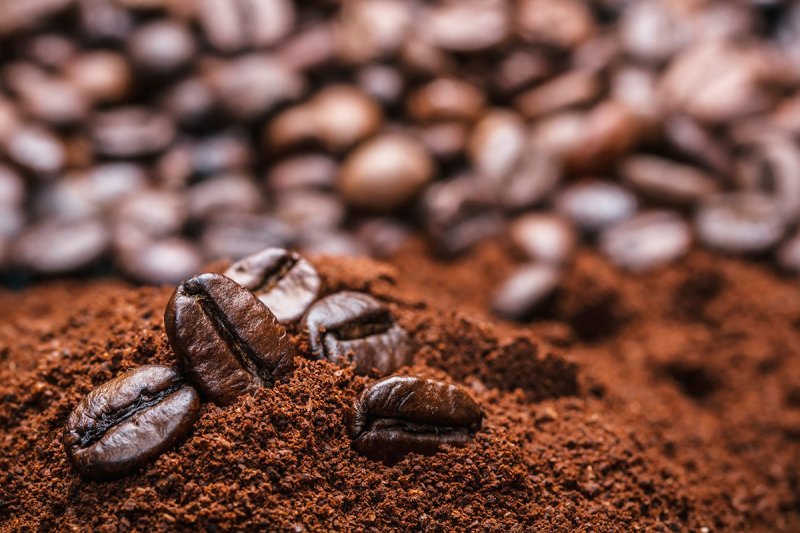
Coffee futures staged a strong start to September, attempting in New York to record their second highest close in more than a year, as data showing a slump in world exports crystallised concerns of tighter supplies.
Arabica coffee futures for December stood up 3.8% at 153.65 cents a pound in late deals in New York, a level which, if held to the close, would represent the strong finish for the contract, bar one, since May last year.
In London, the best-traded November robusta coffee futures contract stood 1.4% higher at $1,854 in late deals.
‘Bullish as anything’
The gains were attributed in part to technical factors, with daily and, in particular weekly, charts on arabica deemed supportive to price.
“The weekly chart is bullish as anything. It is something to get excited about,” Jack Scoville, at US broker Price Futures, told Agrimoney.com.
He also flagged talk of growing talk that a series of frosts in Brazil had wrought more damage on trees than originally thought – boding ill for prospects for a 2017 harvest which was already expected in arabicas to fall below this year’s, given the country’s cycle of alternate higher and lower producing years.
Most producers in major arabica-growing areas “talk of losses and that trade estimates are overstated”, Mr Scoville said, adding that while “the industry has estimated the crop as high as 55m bags, but there are many doubters about this estimate.
“Some now talk of production for all of Brazil well below 50m bags,” he said, noting talk of some plantations suffering notable frost damage.
‘Caught the market’s attention’
However, the rally was seen as being crystallised by the release by the International Coffee Organization of data showing that world coffee exports tumbled by 22% in July, to 7.75m bags.
The decline, which means that overall exports in the first 10 months of 2015-16 (which runs to the end of this month) are now running 1.7% behind those a year before, was seen as reflecting weak supplies of bean for shipment, rather than softness in demand.
“It was the ICO data which really caught the market’s attention,” a US coffee investor said, adding that “people want to know where the supplies are going to come from for the rest of the year too”.
While Brazil has enjoyed a strong arabica coffee harvest this year, output in many major producing countries, particular of robusta beans, has suffered from dryness.
Commentators such as Agrimoney.com’s Global Coffee Monitor foresee a third successive world coffee production deficit in 2016-17.
‘Looked much more stark’
A UK-based coffee analyst told Agrimoney.com that while much weak export data, notably for Brazil, had already been reported, “the data looked much more stark when presented as part of a declining world picture”.
Furthermore, the statistics came hours after data for August for Sumatra, the main producing island in Indonesia, showed further weakness in supplies from this origin at least, falling 46% year on year to 339,960 bags.
The decline- representing a ninth successive month of heft year on year drops in exports – “is very much in line with the expectations of a lower new crop that was due… as a result of the El Nino phenomenon”, which caused undue dryness, trader I & M Smith said.
“There is no doubt that the country’s robusta coffee supply to the consumer markets shall remain lower than was experienced over the previous coffee year.
“Overall Indonesian robusta coffee supply shall remain relatively tight until the second half of next year.”
Price forecasts
Also on Thursday, Global Coffee Monitor raised its forecasts for coffee prices, albeit to levels below the futures curve, seeing arabica futures average 141 cents a pound next year, an upgrade of 9.1 cents per pound from the previous estimate.
For robusta futures, the forecast for average 2017 prices was lifted by $102 per tonne to $1,731 per tonne.
However, Rabobank said it was “bearish” over prices, saying that on its intelligence, damage to Brazilian crops from frost had been “almost insignificant”, and flagging boosts from rain to Central American production prospects too.
The bank forecast arabica futures averaging 138 cents a pound in the October-to-December quarter, when robusta futures were seen averaging $1,740 a tonne.
Source: agrimoney.com






















